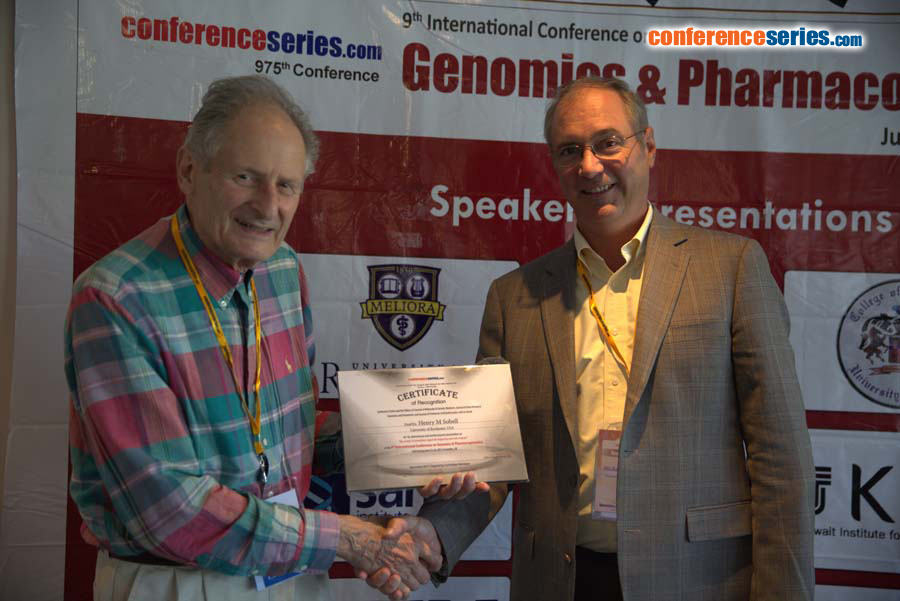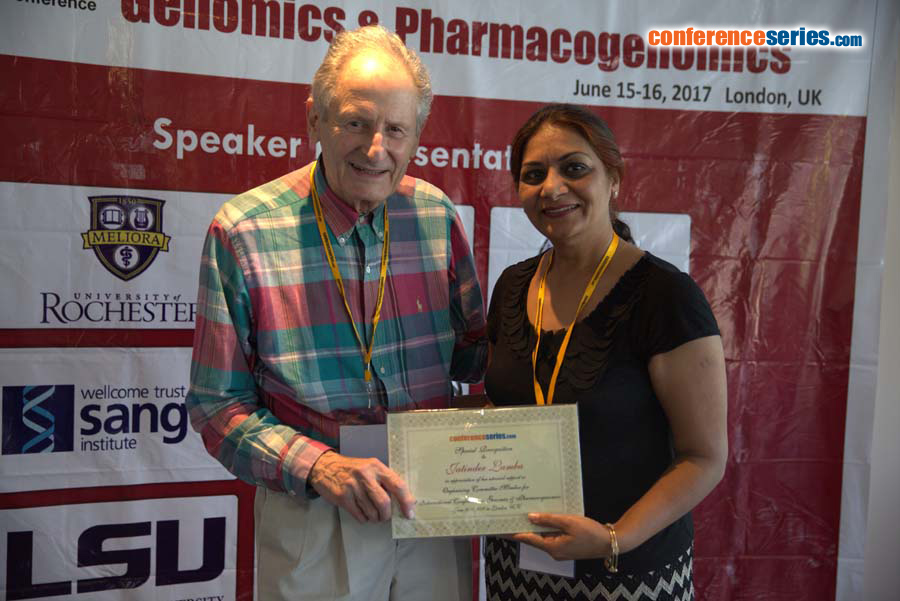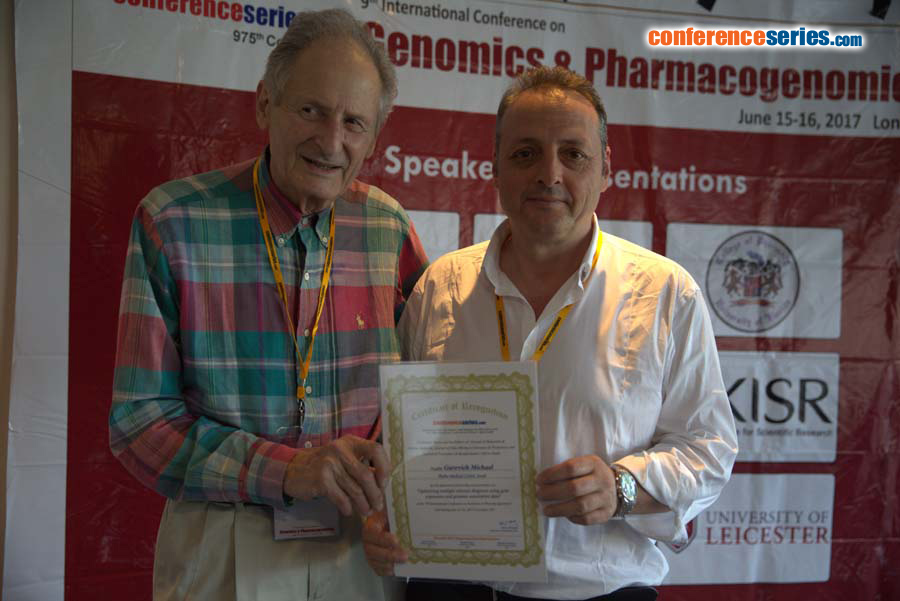
Henry M. Sobell
University of Rochester, USA
Title: The centers of premeltons signal the beginning and ends of genes
Biography
Biography: Henry M. Sobell
Abstract
Premeltons are examples of emergent structures (i.e., structural solitons) that arise spontaneously in DNA due to the presence of nonlinear excitations in its structure. They are of two kinds: B-B (or A-A). Premeltons form at specific DNA-regions to nucleate site-specific DNA melting. These are stationary and, being globally non-topological, undergo breather motions that allow drugs and dyes to intercalate into DNA. B-A (or A-B) premeltons, on the other hand, are mobile, and being globally topological, act as phase-boundaries transforming B- into A- DNA during the structural phase-transition. They are not expected to undergo breather-motions. A key feature of both types of premeltons is the presence of an intermediate structural-form in their central regions (proposed as being a transition-state intermediate in DNA-melting and in the B- to A- transition), which differs from either A- or B- DNA. The so called beta-DNA, this is both metastable and hyperflexible–and contains an alternating sugar-puckering pattern along the polymer-backbone combined with the partial-un-stacking (in its lower energy-forms) of every other base-pair. Beta-DNA is connected to either B- or to A- DNA on either side by boundaries possessing a gradation of nonlinear structural-change, these being called the kink and the anti-kink regions. The presence of premeltons in DNA leads to a unifying theory to understand much of DNA physical-chemistry and molecular-biology. In particular, premeltons are predicted to define the 5’ and 3’ ends of genes in naked-DNA and DNA in active-chromatin, this is having important implications for understanding physical aspects of the initiation, elongation and termination of RNA-synthesis during transcription. For these and other reasons, the model will be of broader interest to the general audience working in these areas. The model explains a wide variety of data, and carries within it a number of experimental predictions –all readily testable – as will be described in my talk.
Recent Publications
1. Sobell H M (2016) Premeltons in DNA. Journal of Structural and Functional Genomics 17:17-31.
2. Sobell H M (2009) Premeltons in DNA. A unifying polymer-physics concept to understand DNA physical-chemistry and molecular-biology. Explanatory publications, Lake Luzerne, NY, ISBN 978-0-615-33828-6.
3. Sobell HM (2013) Organization of DNA in Chromatin. Rather than bending uniformly along its length, nucleosomal DNA is proposed to consist of multiple segments of B- and A- DNA held together by kinks when forming its left-handed toroidal superhelical structure. Explanatory publications, Lake Luzerne, NY, ISBN 978-0-692-01974-0.







